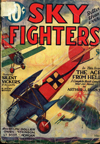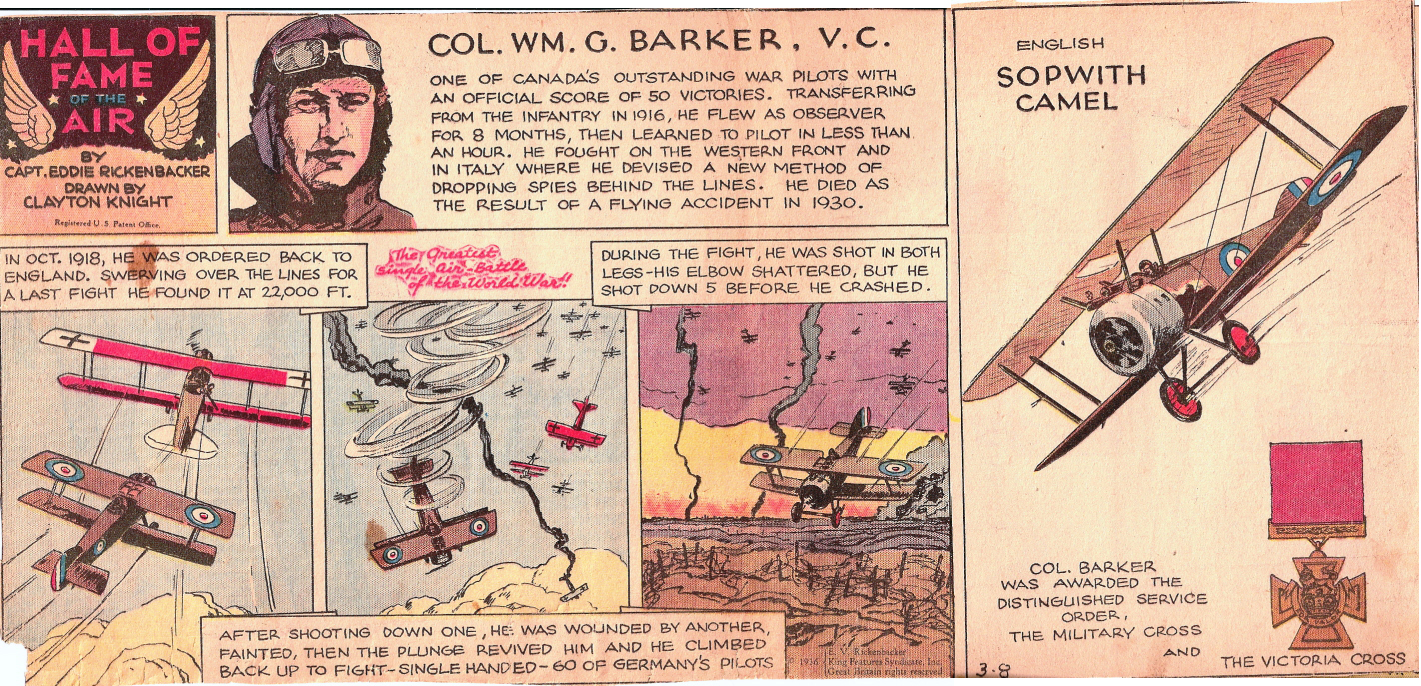Heroes of the Air: Major W.G. Barker
WHEN Flying, the new 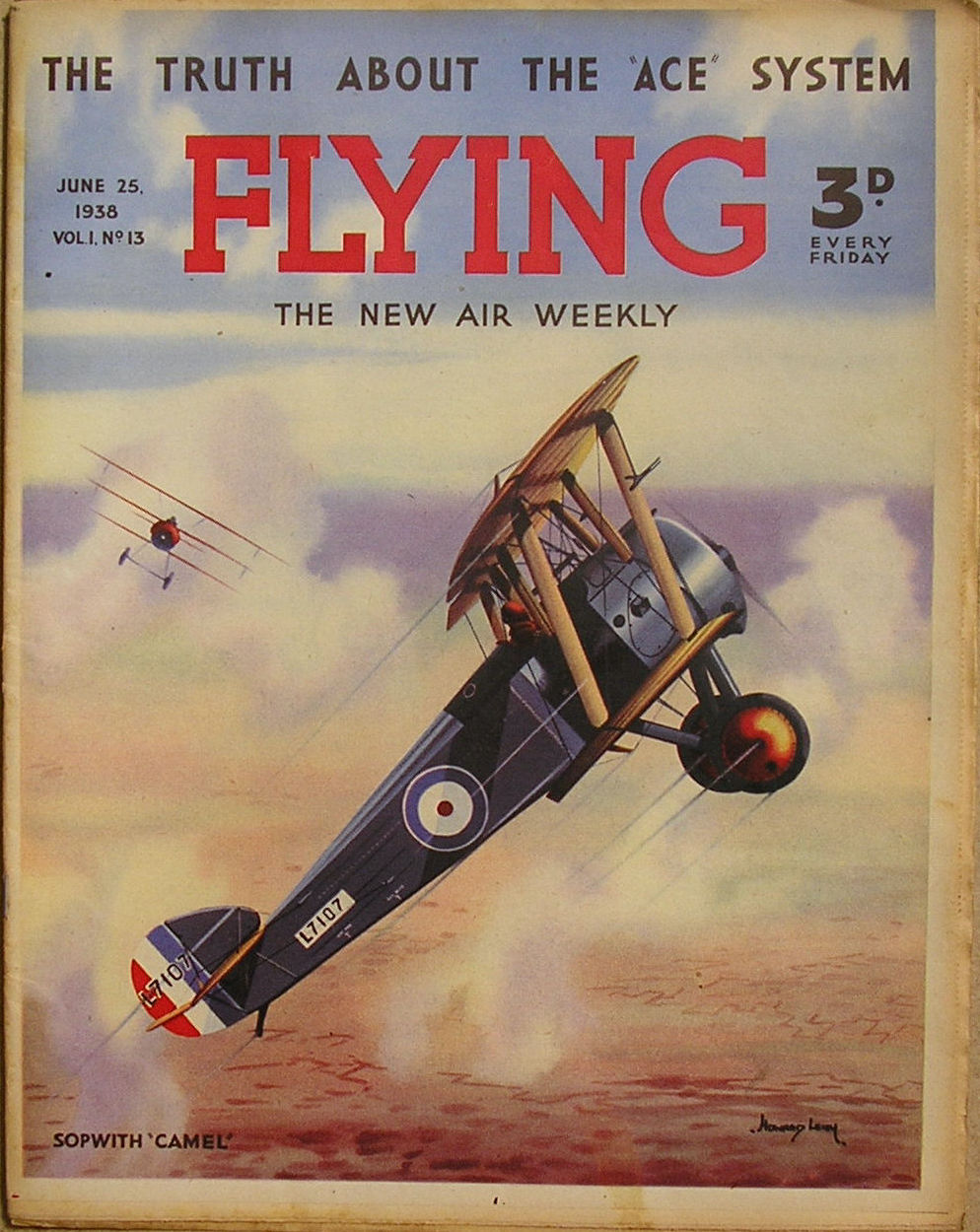 weekly paper of all things aviation, started up in England in 1938, amongst the articles and stories and photo features was an illustrative feature called “Heroes of the Air.” It was a full page illustration by S. Drigin of the events surrounding how the pictured Ace got their Victoria Cross along with a brief explanatory note.
weekly paper of all things aviation, started up in England in 1938, amongst the articles and stories and photo features was an illustrative feature called “Heroes of the Air.” It was a full page illustration by S. Drigin of the events surrounding how the pictured Ace got their Victoria Cross along with a brief explanatory note.
Russian born Serge Drigin became a successful illustrator in the UK in the 1920s with his work regularly appearing in such British magazines as The Detective Magazine, Modern Boy and Chums. He is probably best known for his startling covers for Scoops, Air Stories, War Stories, Fantasy and others in the 30s.
From the 25 June 1938 issue of Flying:
MAJOR W.G. BARKER WINNING THE V.C. OVER THE GERMAN LINES, OCT. 27, 1918
Major W.G. Barker, V.C., D.S.O., M.C., a Canadian officer, was awarded the V.C. for what must have been one of the most courageous air battles of the war. He should have gone home on leave on October 26, 1918, but he stayed for one more day’s flying and took off for England on the 27th. High above the German lines he spotted an enemy two-seater, the pilot apparently thinking himself quite safe. Barker, however, was flying a Sopwith Snipe, one of the most efficient machines in France. Within a few moments he had climbed up to his adversary and had sent him spinning down to earth. A Fokker Triplane, having seen this, came to avenge his countrymen, and close behind him came over fifty more German machines. With bullets converging on him from all sides, Barker fought in a fury. Several times he was hit, but still he fought on. In all, he sent four of his attackers to the ground before he himself was brought down, unconscious, just behind the British lines. He had 52 victories to his credit at the time. In hospital he mended slowly and at last he was able to fly again, only to lose his life in 1930, when a new machine he was testing crashed, killing him instantly.





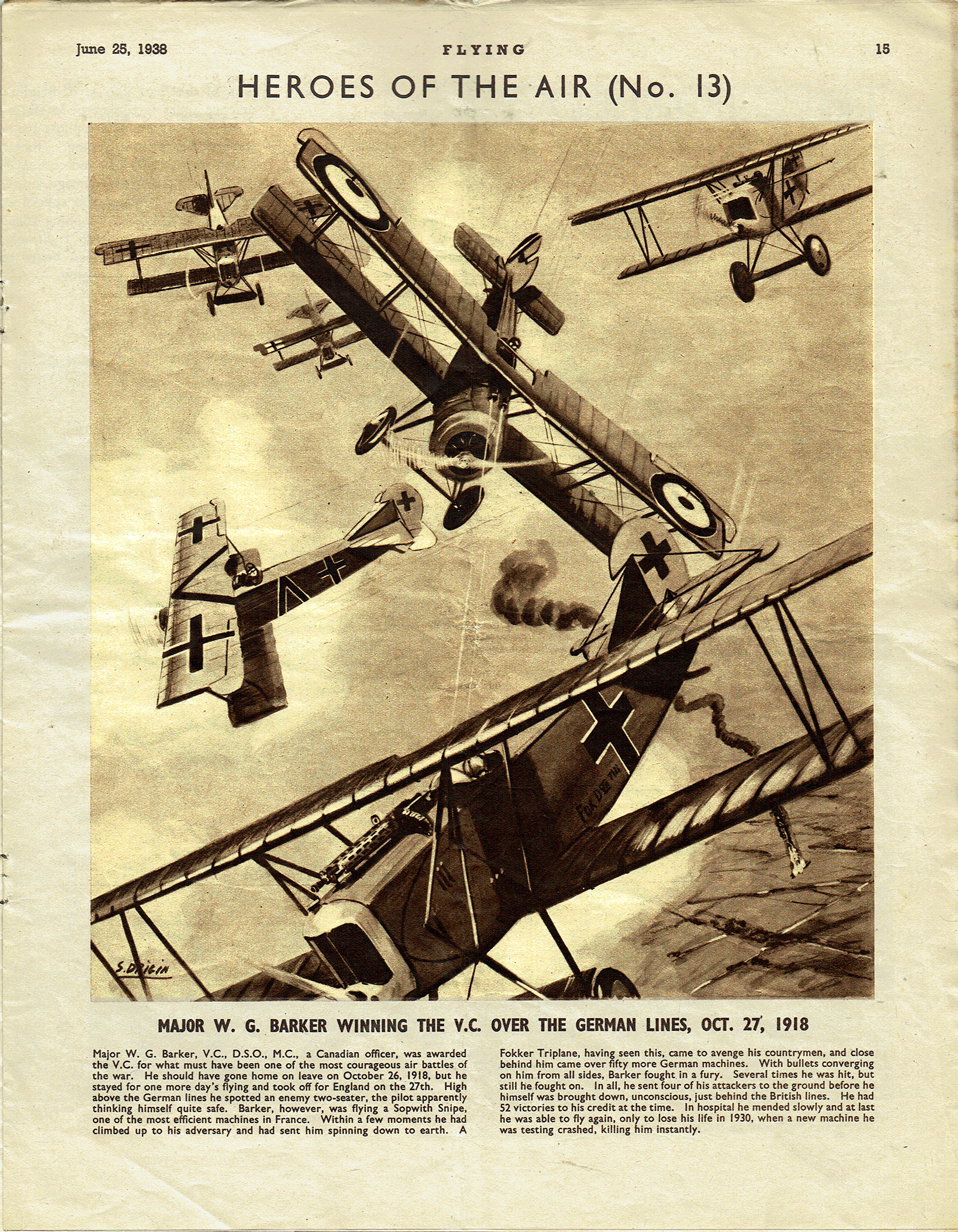
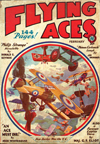
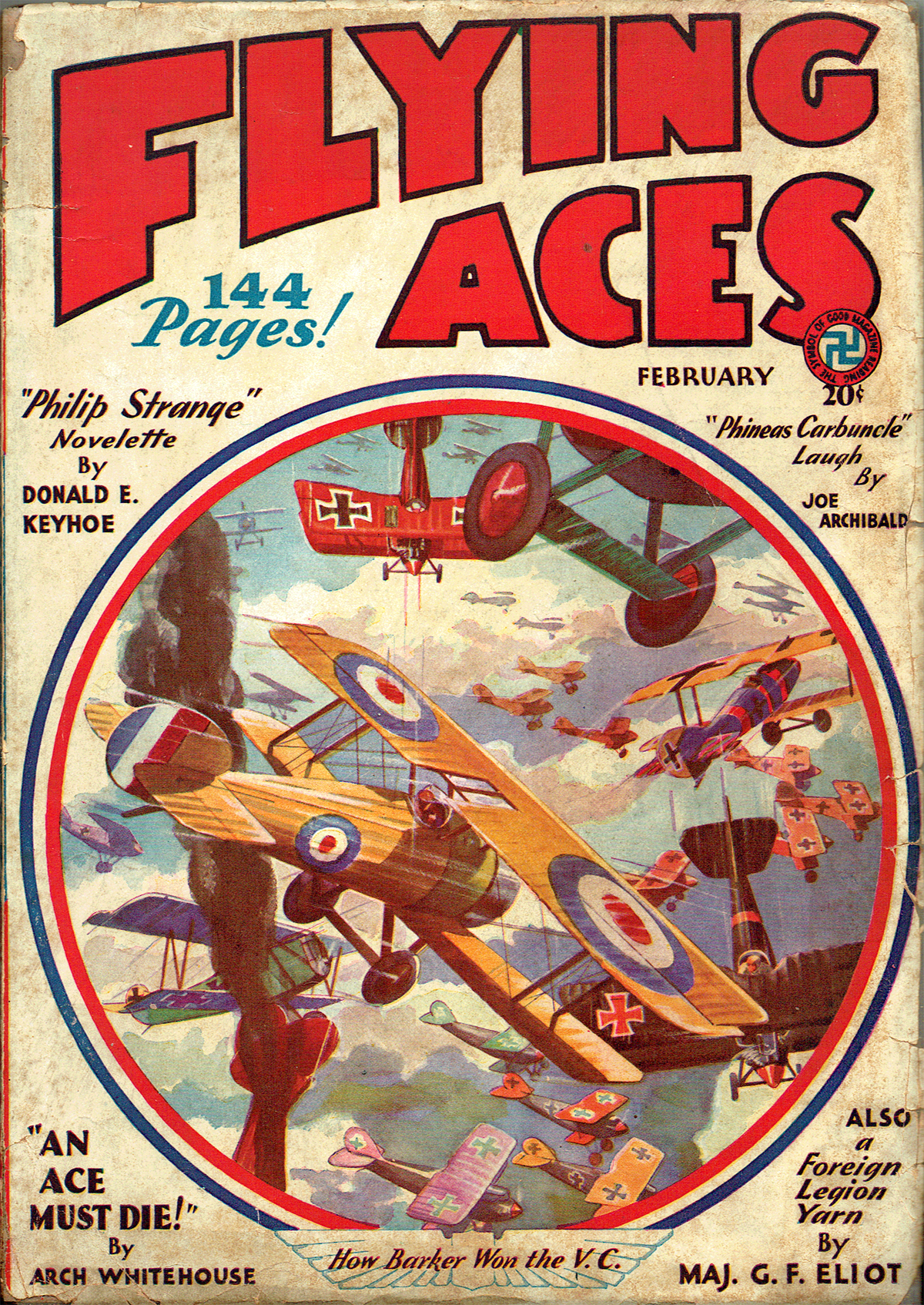
 most brilliant and scintillating of all the flying aces. Most everyone knows that Captains Brumoninski and Linke were the ranking Austrian flyers and carried on a duel for top honors all through the war with first one, then the other, on top. But what most informed people do not know, is that Captain Crawford and Captain Linke were one and the same person! Son of an English father and an Austrian mother, Linke Crawford was born and raised in gay Vienna. When he began to win fame as a fighting pilot he had dropped the Crawford part of his name and was known as Captain Linke. although he was listed on the army rolls as Captain Crawford. He fell victim finally under the guns of Colonel Barker, famous Canadian ace. Up to that time, however, he had scored 27 victories and won all the awards possible from his country. The story below is taken from the archives of the Austrian Imperial Air Corps in Vienna.
most brilliant and scintillating of all the flying aces. Most everyone knows that Captains Brumoninski and Linke were the ranking Austrian flyers and carried on a duel for top honors all through the war with first one, then the other, on top. But what most informed people do not know, is that Captain Crawford and Captain Linke were one and the same person! Son of an English father and an Austrian mother, Linke Crawford was born and raised in gay Vienna. When he began to win fame as a fighting pilot he had dropped the Crawford part of his name and was known as Captain Linke. although he was listed on the army rolls as Captain Crawford. He fell victim finally under the guns of Colonel Barker, famous Canadian ace. Up to that time, however, he had scored 27 victories and won all the awards possible from his country. The story below is taken from the archives of the Austrian Imperial Air Corps in Vienna. of William Barker’s career on two flying fronts reads more like fiction than fact. Born in the prairie province of Manitoba in 1894, he enlisted as a Private in the Canadian Army at the age of 19. He served in the cavalry before transferring to the flying corps. Barker began as a simple private. But he skyrocketed swiftly through all the grades to that of Lieut. Colonel. His training for a pilot was limited to two flights with an instructor. After that he was turned loose to begin piling up an amazing record. On October 27, 1918, he crowned this amazing record with the most astounding aerial feat of the whole war . . . fighting and escaping from a surrounding net of 6O enemy planes at the dizzy altitude of 20,000 feet.
of William Barker’s career on two flying fronts reads more like fiction than fact. Born in the prairie province of Manitoba in 1894, he enlisted as a Private in the Canadian Army at the age of 19. He served in the cavalry before transferring to the flying corps. Barker began as a simple private. But he skyrocketed swiftly through all the grades to that of Lieut. Colonel. His training for a pilot was limited to two flights with an instructor. After that he was turned loose to begin piling up an amazing record. On October 27, 1918, he crowned this amazing record with the most astounding aerial feat of the whole war . . . fighting and escaping from a surrounding net of 6O enemy planes at the dizzy altitude of 20,000 feet.